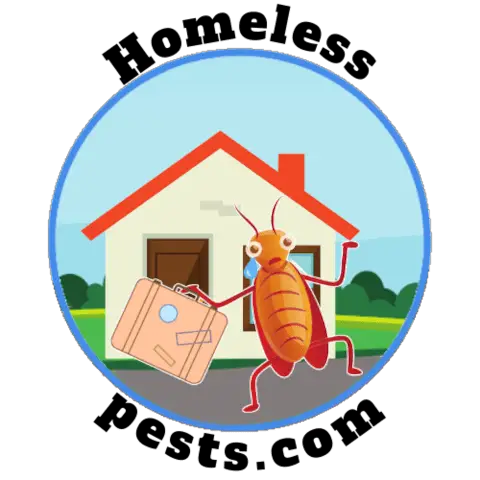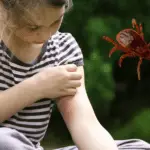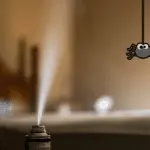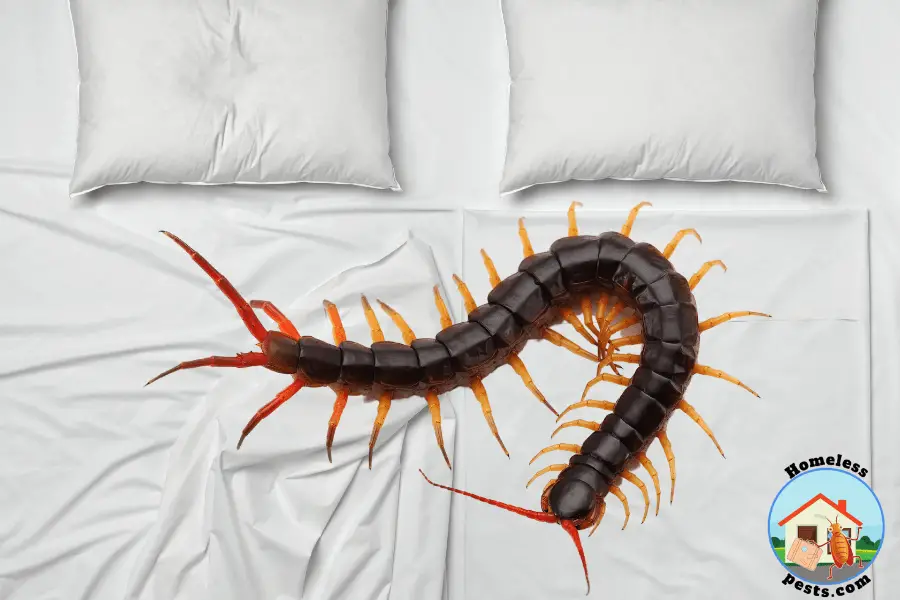I won’t deny it, spying a centipede in your home can be shocking and make you want to run out of your house screaming. But before you do, it’s important to understand a bit about these creatures and what their presence in your home means.
In this article, we’ll bust some myths about centipedes and explain what these creatures are, what attracts them to your home, and how to get rid of them should you find them in your living space.
What Are Centipedes?
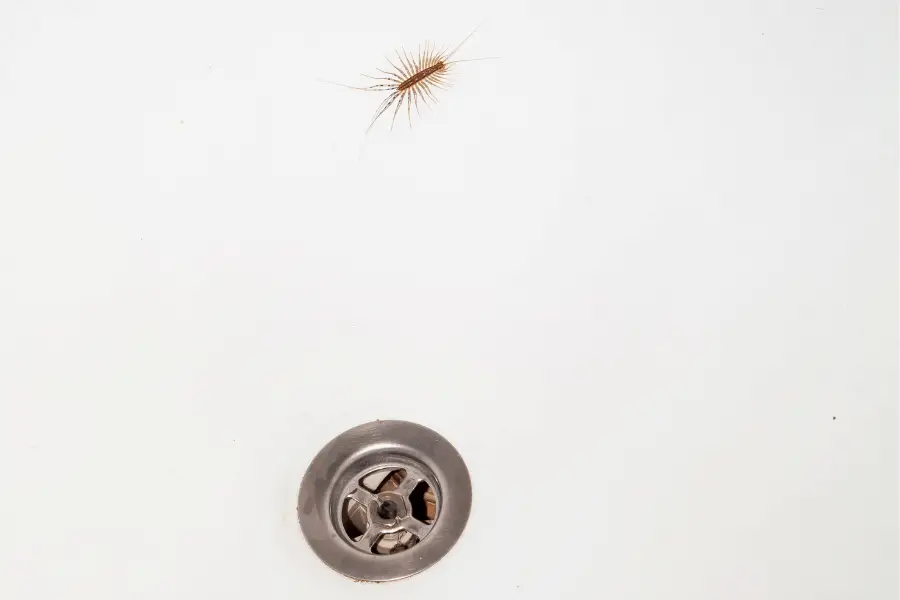
First things first, let’s clear up what exactly a centipede is. These leggy pests belong to the Chilopoda class of myriapods, which contains about 3,000 species of centipedes worldwide. Centipede bodies are composed of 15 to 173 individual body segments, each with its own pair of legs.
Their name comes from the Latin word for “hundred-legged,” but most centipedes rarely have 100 legs. Male and female centipedes can be distinguished by the number of legs on their final body segment – males have one pair while females have two.
These creatures are carnivorous predators that primarily feed on small insects, spiders, and other invertebrates. In the wild, they play an important role in balancing local ecosystems by controlling pest populations.
Centipedes are nocturnal hunters that use their long legs and sense of touch to locate prey in the dark. When they find an unsuspecting victim, they quickly wrap their bodies around it and deliver a paralyzing venomous bite. The venom breaks down the victim’s tissue, allowing the centipede to liquefy and consume its prey.
What Attracts Centipedes to Your Home?
While centipedes are not typically considered dangerous to humans, their venomous bites can be painful and cause swelling, inflammation, and tissue damage. For this reason, it’s understandable that you might not want these creatures in your home. So what attracts them inside in the first place?
One of the main reasons centipedes enter homes is to escape extreme weather conditions like heat and cold. Centipedes are cold-blooded creatures that rely on external sources of heat to regulate their body temperature. In warm weather, they often seek refuge in cool, dark places like basements and crawl spaces. When temperatures start to drop in the fall, they move inside homes and other buildings where it’s warm.
Centipedes are also attracted to homes that provide ample food sources. These pests are voracious predators that can eat their body weight in insects every day. If your home is infested with small insects like ants, cockroaches, or silverfish, centipedes will be drawn to the area in search of a meal. Once inside, they’ll continue to hunt for food and may even lay eggs if conditions are favorable.
Are house centipedes beneficial? What do they eat?
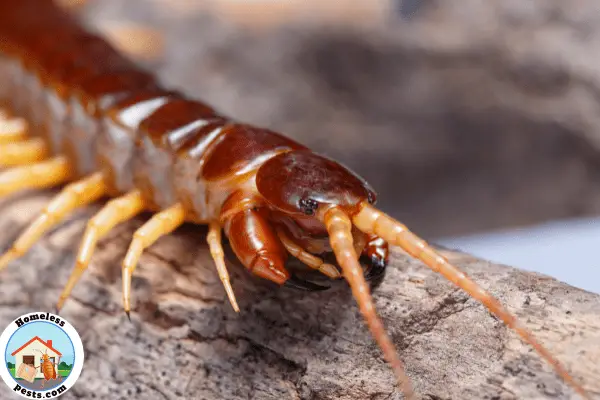
Despite their unsightly appearance, house centipedes are your greatest allies when it comes to pests. These carnivorous predators will seek out and destroy insects that pose the greatest threat to you and your family. Also, house centipedes are not associated with any transmissible diseases which can affect humans.
Allowing a centipede to remain in your home is going to drastically reduce the pest population which may infest it. In fact, the presence of a centipede is a good indication that a house is infested with one or more pesky insect pests.
Centipedes will eat many different species, but in particular enjoy feasting on cockroaches, ants, silverfish, spiders, and bed bugs. They will also eat other smaller insects, and have even been known to cannibalize their own kind.
What should you do if you find house centipedes in your home?
If you find a centipede in your home, there’s no need to panic. These pests are more of a nuisance than a danger to humans. However, if you’re concerned about them, there are a few things you can do to get rid of them.
The best way to get rid of centipedes is to eliminate the food sources that attract them to your home in the first place. Start by sealing up any cracks or crevices around your home’s foundation and exterior walls. This will help prevent small insects from getting inside. You should also regularly vacuum and mop your floors to remove any food crumbs or debris that could attract the prey centipedes are seeking out.
If you have a serious infestation, you may need to call a professional pest control company to get rid of the centipedes in your home. They will be able to identify the source of the problem and recommend a course of treatment to get rid of the pests for good.

Just how dangerous are house centipedes?
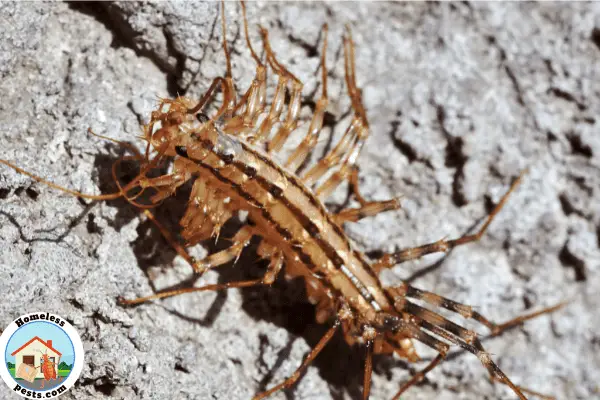
The species of centipede which will be found in your home poses very little danger to humans. For one thing, they are fairly shy creatures which will not seek humans out. For another thing, they contain a harmless venom which is rarely administered to humans.
Centipede bites do happen, usually to gardeners who are rummaging in a flower bed, and they can be painful. Nevertheless, you are more likely to be bitten by one of the centipedes’ many prey. Insects such as bed bugs or spiders are considerably more likely to bite you than a centipede.
If homeowners can get over the unsettling sight of these critters, they will actually discover they are fantastically useful house guests. So, the next time you see a centipede scuttling across your floor, resist the urge to squash it. Instead, let it be and enjoy the benefits of having this natural pest control in your home.
I personally leave both centipedes and spiders where they are in my house because I know they will help keep down the population of other, more pesky and potentially dangerous pests.

What’s the best way to control the population of house centipedes in your home?
In my experience, there is only one thing that will increase or decrease the centipede population in a home, its food source.
Wild animals, even these critters, are usually much happier outdoors and only enter our homes when they have something to gain, in this case finding food.
If homeowners want to get rid of centipedes, then getting rid of their prey is the best option.
If you want to target the centipedes directly, using sticky traps around logical entrance points is a good option. Insecticides in the form of boric acid are also known to be very effective against centipedes as is a simple dish soap spray. Soap will dry on their shells and slowly dry them out which will kill them.
As with most pests, the best way to control their population is to deter them from ever entering your home. You can do this by forming a barrier around your home with your store-bought or homemade insecticide.
Spray a 1-foot wide zone all around the exterior of your home, be careful of what you use if you have pets or kids. This will keep centipedes and other pests out, or mean that they are almost dead by the time they enter the home.
You can also try some home remedies like placing diatomaceous earth around the perimeter of your home. This will cut up their legs and eventually kill them as they dehydrate.
As you can see, there are a few different methods you can use to get rid of centipedes or keep them from ever entering your home in the first place.
Best centipede traps for the home
As I’ve mentioned before, house centipedes are not harmful to humans and are actually beneficial because they eat other pests, like cockroaches, silverfish, and spiders. However, they can become a nuisance if they enter your home in large numbers.
The best way to get rid of house centipedes is to use a trap. There are many different brands and types of traps available online and at your local hardware store.

Shop now on Amazon.com

Shop now on Amazon.com

Shop now on Amazon.com

Shop now on Amazon.com

Shop now on Amazon.com
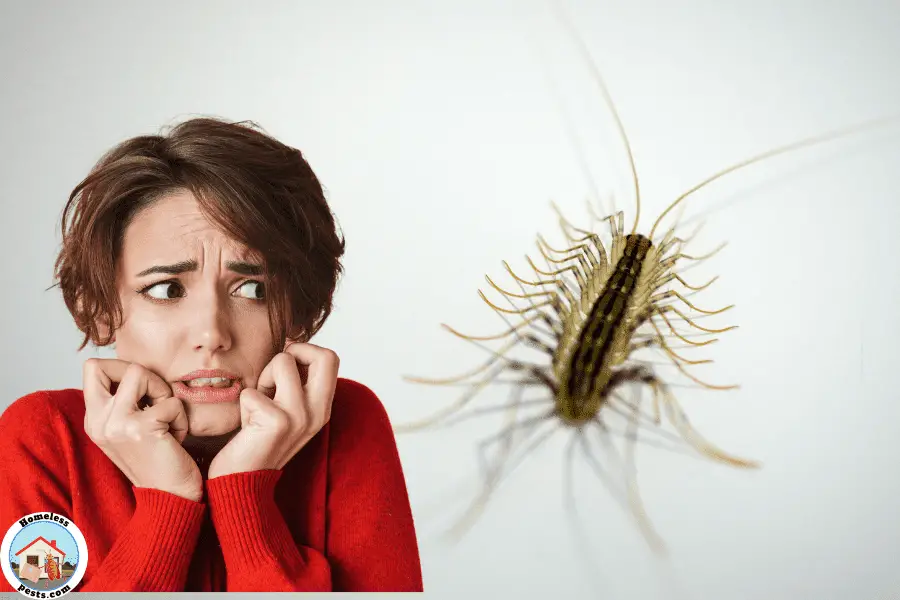
Frequently asked questions
Now that you have some basic information about these critters, you may still have some questions. Here are answers to some frequently asked questions about centipedes.
How many legs does a centipede have?
Depending on the species, a centipede can have between 15 and 177 pairs of legs. The most common species, the house centipede (Scutigera), has 15 pairs of legs. Other species, such as the Geophilomorphs, can have up to 177 pairs of legs.
The number of legs a centipede has is determined by the number of segments in its body. Centipedes have two legs per body segment, with the exception of the first and last segments. The first segment contains the centipede’s head, while the last segment contains the centipede’s anus.
The length of a centipede’s legs varies depending on the species. The house centipede has legs that are approximately one-third the length of its body, while the Scolopendromorphs have legs that are approximately half the length of their bodies.
Are centipedes poisonous?
To be entirely pedantic, centipedes aren’t poisonous because you are unlikely to ingest them. So there is no risk of them poisoning you. Centipedes do, however, have venom which they use to subdue and consume their prey. This venom is not harmful to humans.
There is often confusion between poisonous and venomous, but generally, I think we understand each other when we use these terms interchangeably. Just to be clear, a venomous animal is one that has venom and uses it to harm or kill, while a poisonous animal is one that is harmful or lethal if ingested.
If you want to learn more about venomous animals living in the United States, check out my full guide on identifying snake species.
How do you get rid of centipedes in Florida?
The indigenous centipede in the state of Florida is called Florida Blue Centipede. If you don’t want these fairly harmless creatures in your home, then the best course of action is to remove their food source.
As with most pests, the best way to control their population is to deter them from ever entering your home. You can do this by forming a barrier around your home with your store-bought or homemade insecticide.
Remember though, that having a centipede in your house is a sure sign that there are other insects for them to feed on, so getting rid of the centipede population will only be a temporary solution if you don’t address the root of the problem.
Pest control professionals are trained to identify and eliminate pests in both residential and commercial settings. They will be able to identify the type of centipede infesting your home and determine the best course of treatment
Do I have silverfish or centipedes in my house? How to tell!
When you know what to look out for, it’s fairly easy to tell the difference between silverfish and centipedes. Here are a few key characteristics to look for:
– Silverfish are small, wingless insects that are approximately ½ – ¾ inch in length. They are silvery-gray in color and have a long, slender body. They literally look like a landed silver fish!
– some ‘house’ centipedes are also small insects, but they are typically a little larger than silverfish, measuring 1 – 1 ½ inches in length. They have a long, slender body that is dark gray or brown in color. They have two long, antennae-like appendages and 15 pairs of legs that are all the same length.
Centipedes are predators and will readily feast on silverfish, so if you have centipedes in your home, it’s a good indication that you also have silverfish.
What are the signs of house centipede infestation?
If you’re wondering whether or not you have a centipede infestation, here are a few signs to look for:
– You see centipedes crawling around your home, especially in damp areas like basements, bathrooms, and kitchens.
– You find centipede carcasses in your home.
– You notice the population of other bugs in your home, such as silverfish, ants, or spiders dwindling without your intervention. This is because centipedes feed on other insects.
If you notice any of these signs, it’s a good idea to call a pest control professional to investigate and determine the best course of treatment.
Centipede in the garden – is it a good thing?
While some people may not like the idea of sharing their garden with centipedes, these creatures can actually be beneficial. This is because they feed on other pests that can damage your plants, such as slugs, ants, and spiders.
So, if you have a centipede in your garden, it’s a good indication that there are other pests present. You can use this information to take steps to control the population of other pests in your garden and protect your plants.
My dad, a very keen gardener, always told me never to squish a centipede as they were more friend than foe!
Could a centipede eat a mouse?
Although centipedes are definitely carnivorous, their small mouths and lack of chewing mandibles mean that they are not capable of eating something as large as a mouse.
However, if a centipede was able to get hold of a baby mouse or young rat, then it’s possible that they could eat it. This is because baby mice and rats are small enough to fit into the centipede’s mouth and are effectively killed and eaten.
Centipede vs millipede – What’s the difference?
The major difference between a centipede and a millipede is that the former has one pair of legs per body segment while the latter has two. Centipedes are also generally longer and thinner than millipedes, and they move much faster. Millipedes are harmless to humans and only become a nuisance when they enter your home in large numbers.
If you think you have a centipede or millipede infestation, the best course of action is to contact a pest control professional. They will be able to identify the insects and recommend the best way to get rid of them.
